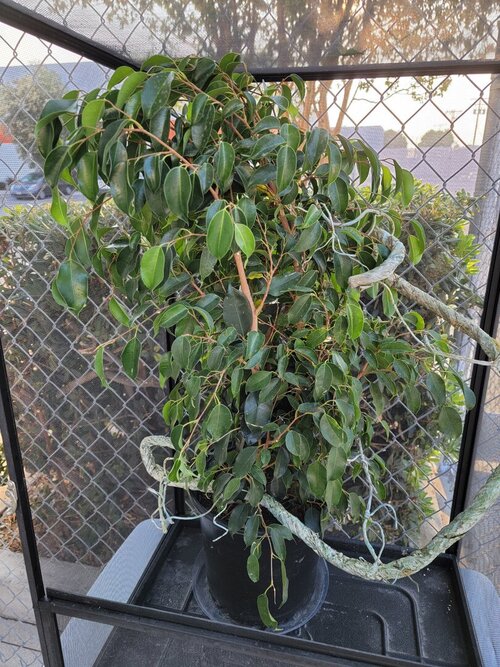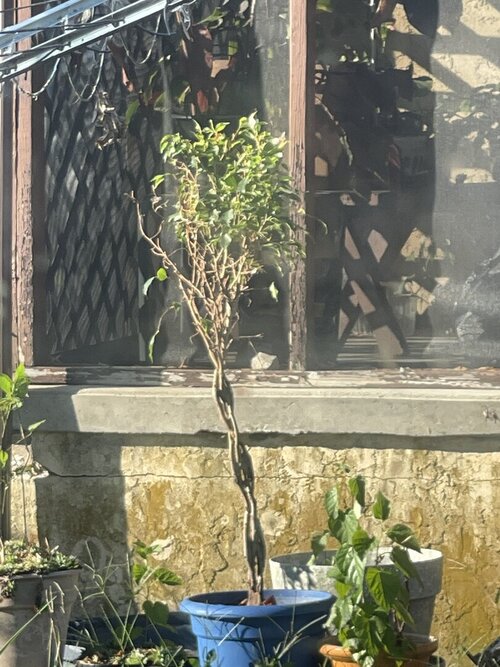Chammy007
Established Member
The instructions for caring for my Wintergreen Weeping Fig Trees is below.
For the Wintergreen Weeping Fig tree we recommend to water it only when the top several inches of the soil are dry. Avoid cold drafts, dry heat, and sudden temperature changes. The plant does like some humidity as well therefore a mist to the tree's leaves occasionally is recommended to prevent them from drying out.
I have a SANSI LED Grow Light
Does the Sansi emit dry heat?
thanks
For the Wintergreen Weeping Fig tree we recommend to water it only when the top several inches of the soil are dry. Avoid cold drafts, dry heat, and sudden temperature changes. The plant does like some humidity as well therefore a mist to the tree's leaves occasionally is recommended to prevent them from drying out.
I have a SANSI LED Grow Light
Does the Sansi emit dry heat?
thanks







